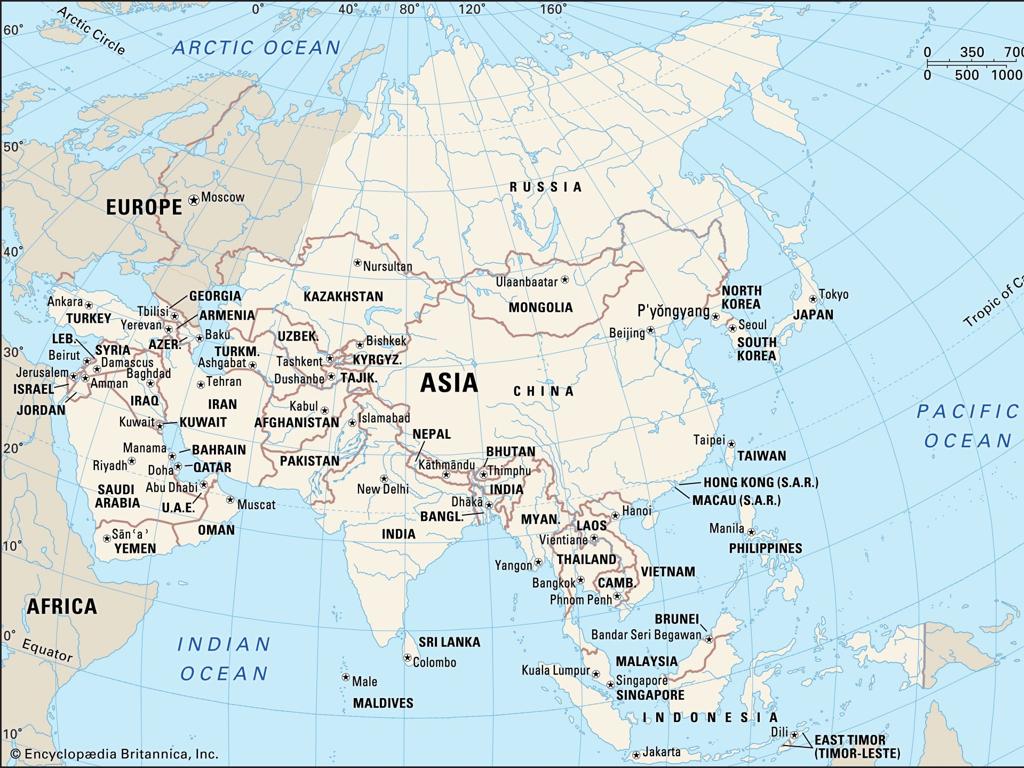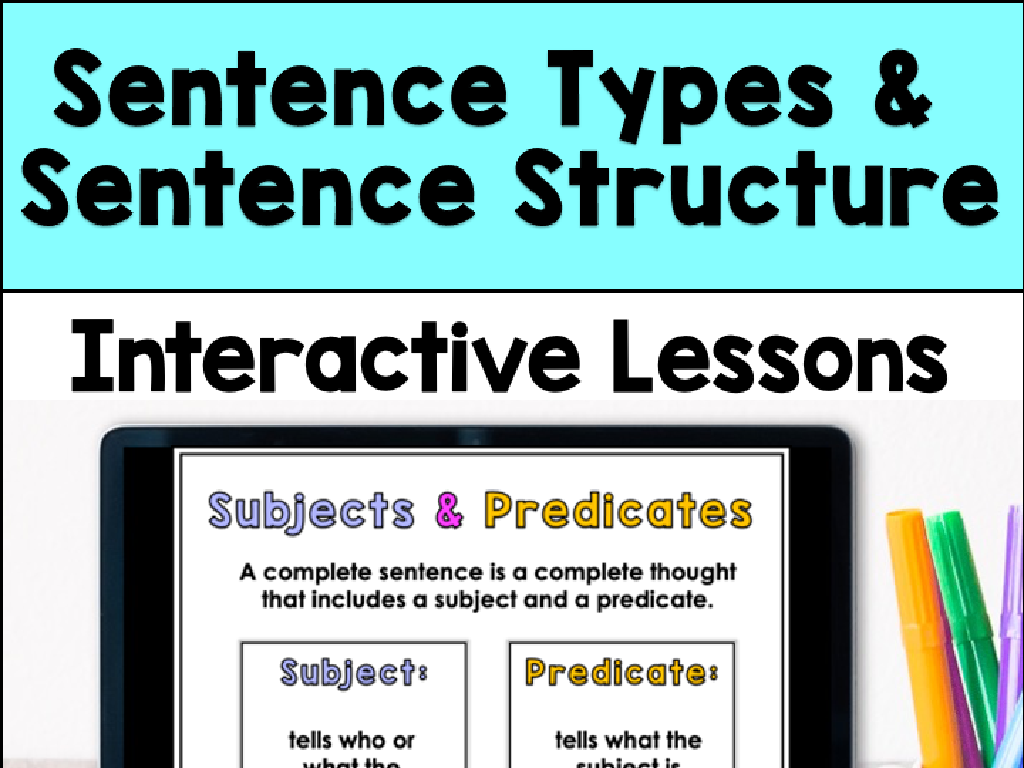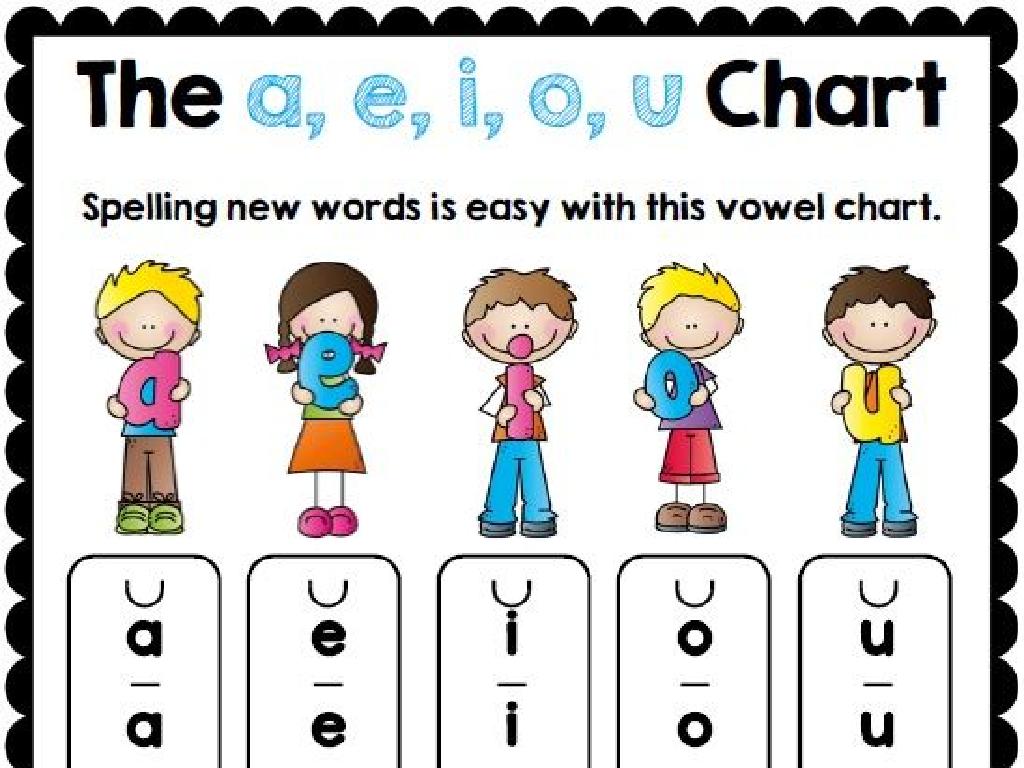Analyze Natural Hazard Maps
Subject: Science
Grade: Eighth grade
Topic: Natural Hazards
Please LOG IN to download the presentation. Access is available to registered users only.
View More Content
Understanding Natural Hazards
– Define natural hazards
– Events like earthquakes, floods, that can cause harm.
– Types of natural hazards
– Earthquakes, tsunamis, volcanoes, and more.
– Importance of studying hazards
– Helps in preparedness and risk reduction.
– Analyzing hazard maps
– Maps show potential danger zones and risk levels.
|
This slide introduces students to the concept of natural hazards, which are severe and extreme weather and environmental events that can cause damage to life and property. Discuss various types of natural hazards, including geological and meteorological events. Emphasize the importance of studying these events to understand their impact, predict future occurrences, and prepare for them effectively. Introduce the concept of natural hazard maps, which are tools used to visualize and analyze the geographical distribution of natural hazards. These maps are crucial for disaster risk management and planning. Encourage students to think about local hazards and the relevance of these maps in their own community.
Types of Natural Hazards
– Identify various natural hazards
– Earthquakes, floods, hurricanes, etc.
– Describe each hazard briefly
– Earthquakes shake the ground, floods submerge land, hurricanes bring strong winds and rain
– Discuss environmental impacts
– Habitat destruction, pollution, resource depletion
– Examine societal impacts
– Displacement, economic loss, health risks
|
This slide aims to provide students with an understanding of the different types of natural hazards, their characteristics, and their effects on both the environment and society. Start by identifying and defining each type of natural hazard, such as earthquakes, floods, hurricanes, and wildfires. Briefly describe the nature of each hazard, then discuss how these events can lead to habitat destruction, pollution, and depletion of natural resources. Highlight the societal impacts, including displacement of communities, economic losses due to damage to infrastructure and agriculture, and potential health risks. Encourage students to think critically about the long-term effects of these hazards and the importance of disaster preparedness and mitigation strategies.
Understanding Natural Hazard Maps
– Define Natural Hazard Map
– A visual representation of areas at risk for natural disasters like earthquakes, floods, or hurricanes.
– Role in disaster preparedness
– Maps guide planning and emergency responses, crucial for community safety.
– Interpreting map symbols and colors
– Symbols indicate types of hazards; colors often show intensity or probability of events.
– Practice with real-world examples
– Analyze actual hazard maps to identify risk areas and understand alert systems.
|
This slide introduces students to the concept of natural hazard maps, which are essential tools for understanding and preparing for potential natural disasters. Emphasize the importance of these maps in saving lives and property by guiding effective disaster response and community planning. Teach students how to read the symbols and colors on these maps, which represent different types of hazards and their severity. Encourage students to engage with real-world examples, analyzing maps for familiar or local areas to apply their knowledge practically.
Analyzing Earthquake Hazard Maps
– Identify earthquake-prone regions
– Areas more likely to experience earthquakes
– Comprehend fault lines and intensity zones
– Fault lines are breaks in Earth’s crust where quakes occur; intensity zones show quake strength
– Case Study: 1906 San Francisco Earthquake
– Examine the effects and responses to this historic quake
– Utilize maps to predict impacts
|
This slide aims to educate students on the importance of earthquake hazard maps and how to analyze them. Students should learn to identify regions that are more susceptible to earthquakes, often located near tectonic plate boundaries. Understanding fault lines, which are the fractures along which earthquakes occur, and the concept of earthquake intensity zones, which categorize the severity of shaking, is crucial. The 1906 San Francisco Earthquake serves as a historical example to help students understand the practical application of these maps in assessing earthquake impacts and preparing for future events. Encourage students to think critically about how hazard maps can be used in planning and disaster management.
Analyzing Flood Hazard Maps
– Identify floodplains and risk zones
– Areas near water bodies prone to flooding
– Topography’s role in flood risks
– Elevation influences flood patterns and severity
– Case Study: Hurricane Katrina 2005
– Review maps from Katrina to see flood effects
– Understanding map symbols and legends
|
This slide aims to educate students on the use of flood hazard maps as a tool for understanding and identifying areas at risk of flooding. Emphasize the significance of recognizing floodplains and high-risk zones, which are typically adjacent to rivers and coastlines. Discuss how topography, such as elevation and landforms, affects where and how severely flooding can occur. Use the case study of Hurricane Katrina to illustrate the real-world impact of flooding and the importance of analyzing hazard maps for disaster preparedness and response. Ensure students grasp how to read map symbols and legends to interpret these maps effectively.
Analyzing Tornado Hazard Maps
– Understanding Tornado Alley
– A region in the US prone to frequent tornadoes due to geographical conditions.
– Reading tornado probability charts
– Learn to interpret the likelihood of tornado occurrences using charts.
– 2011 Tornado Super Outbreak case study
– Examine the events and effects of the significant 2011 tornado outbreak.
– Impact of tornadoes on communities
|
This slide aims to educate students on the geographical area known as Tornado Alley, where tornadoes are most frequent, and how to analyze tornado probability charts. Students will look at a case study of the 2011 Tornado Super Outbreak to understand the severity and impact of such natural disasters. Discuss the factors that contribute to the frequency of tornadoes in Tornado Alley, such as warm, moist air from the Gulf of Mexico meeting cool, dry air from Canada. Emphasize the importance of being able to read and understand tornado probability charts for safety and preparedness. The case study will provide a real-world example of the data presented in tornado hazard maps and the devastating effects tornadoes can have on communities.
Using Hazard Maps for Safety
– Utilize hazard maps for emergencies
– Hazard maps guide us to plan for natural disasters like earthquakes or floods.
– Develop evacuation routes
– Use maps to identify safe paths away from hazard zones.
– Community awareness is key
– Informing locals about risks and safety measures prevents panic.
– Educate on map interpretation
– Teach how to read hazard maps for better self-preparedness.
|
This slide emphasizes the practical application of hazard maps in emergency planning. Students should understand that hazard maps are tools for identifying potential natural disaster areas and for developing safe evacuation routes. It’s crucial to involve the community in awareness programs to ensure everyone understands the risks and the importance of emergency planning. Education on how to interpret these maps can empower individuals to make informed decisions during emergencies. Discuss with students how they might implement these strategies in their own homes and neighborhoods.
Class Activity: Mapping Natural Hazards
– Form groups & pick a natural hazard
– Research your chosen hazard
– Look for historical data, patterns, and affected areas
– Draft a local area hazard map
– Use online tools or paper to visualize hazard zones
– Present map & evacuation plan
– Explain the map’s features and your safety strategy
|
This activity is designed to engage students with practical application of their knowledge on natural hazards. Divide the class into small groups and have each group select a different natural hazard to focus on. Provide resources for research, including access to historical data and current maps. Students should consider frequency, affected areas, and severity of the hazard. They will then create a hazard map for the local area, identifying potential risk zones. Finally, each group will present their map to the class, explaining the rationale behind the designated zones and proposing an evacuation plan. This will help students understand the importance of hazard maps and emergency preparedness. Possible hazards include earthquakes, floods, hurricanes, or wildfires.




